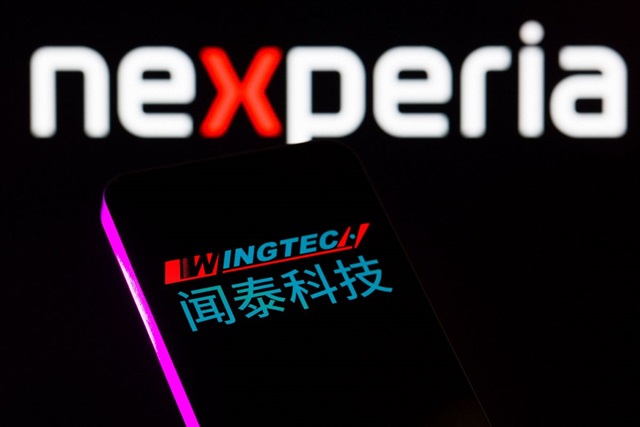
Honda Motor Company announced on Wednesday that it would suspend or reduce production at several factories in Japan and China starting late this month, the latest sign that a global scramble for automotive semiconductors continues to haunt the industry's recovery